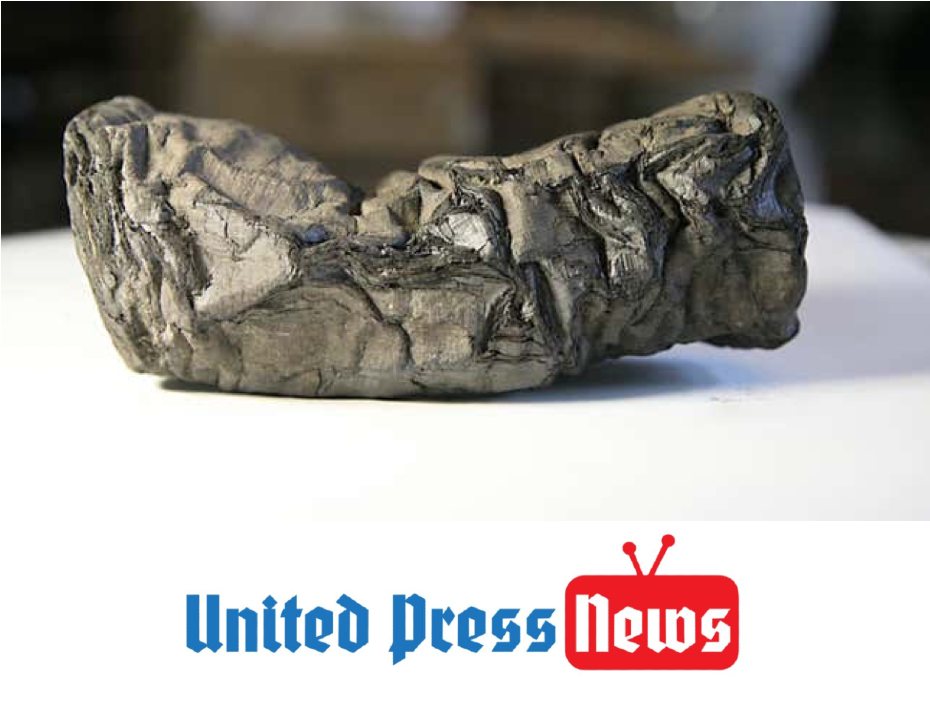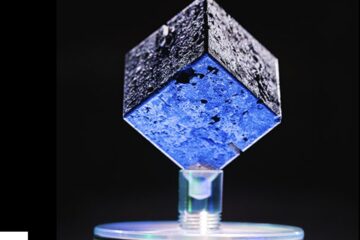$250,000 Prize To Decipher These 2,000-Year-Old Herculaneum Scrolls
WHOEVER CAN DECIPHER 2,000-YEAR-OLD HERCULANEUM SCROLLS WIL WIN $250,000 PRIZE
The scroll pictured above is one of the Herculaneum scrolls that used to be buried under the pyroclastic flow of Mount Vesuvius in 79 AD. That was the year that Mount Vesuvius laid waste to the library in Herculaneum that had been owned by Julius Caesar’s father in law. But the scroll above is one of several that have been recovered. What do they say? What enticing histories are written on them tantalizing us to discover? The answer is just that: tantalizing. Tantalizing and a mystery. So former Github CEO Nat Friedman is asking for help by way of a contest. He and a team of scientists are giving away $250,000 in prizes to any person or team who can use modern technology to decipher the scrolls.
Read More: Man Who Spray Painted “Groomer” On Library Caught WIth Child Porn
THE VESUVIUS CHALLENGE GIVES ALL PARTICIPANTS UNTIL THE END OF 2023 TO DECIPHER SCROLLS
The contest is called the Vesuvius Challenge. Any winners who are the first to crack the codes may receive a $150,000 Grand Prize, as well as another $100,000 in Progress Prizes. Anyone who enters the contest will get their own 3D x-ray scans taken at an 8µm resolution of two Herculaneum scrolls from the Istitut de France in Paris. They’ll also receive scans and images of three pieces of papyrus, also recovered from the same site. The contest gives participants until the end of 2023 to decipher the text from the scrolls, however they may be able to do so.
Related:
Gladiator Fans at Ancient Rome’s Colosseum Ate Pizza in the Stands
THE WINNER THEN GETS THE OPPORTUNITY TO VIRTUALLY UNRAVEL THE REST OF THE MYSTERY SCROLLS
There’s no catch, but the goal here is only to decipher whatever data is on the top half of the scrolls. If anyone is successful, the Vesuvius Challenge team will then give them access to the other half of the scans to work on. In the past researchers have already successfully used digital workflow to scan scrolls in 3D, and then detecting (and reading) the ink written on them. But the Herculaneum scrolls are so long, the ink doesn’t show up on scans. So now there is a veritable cattle call to literally unravel the past in these scrolls, without actually unravelling them.
Here’s to hoping that I can write a follow-up about this in November or December!






